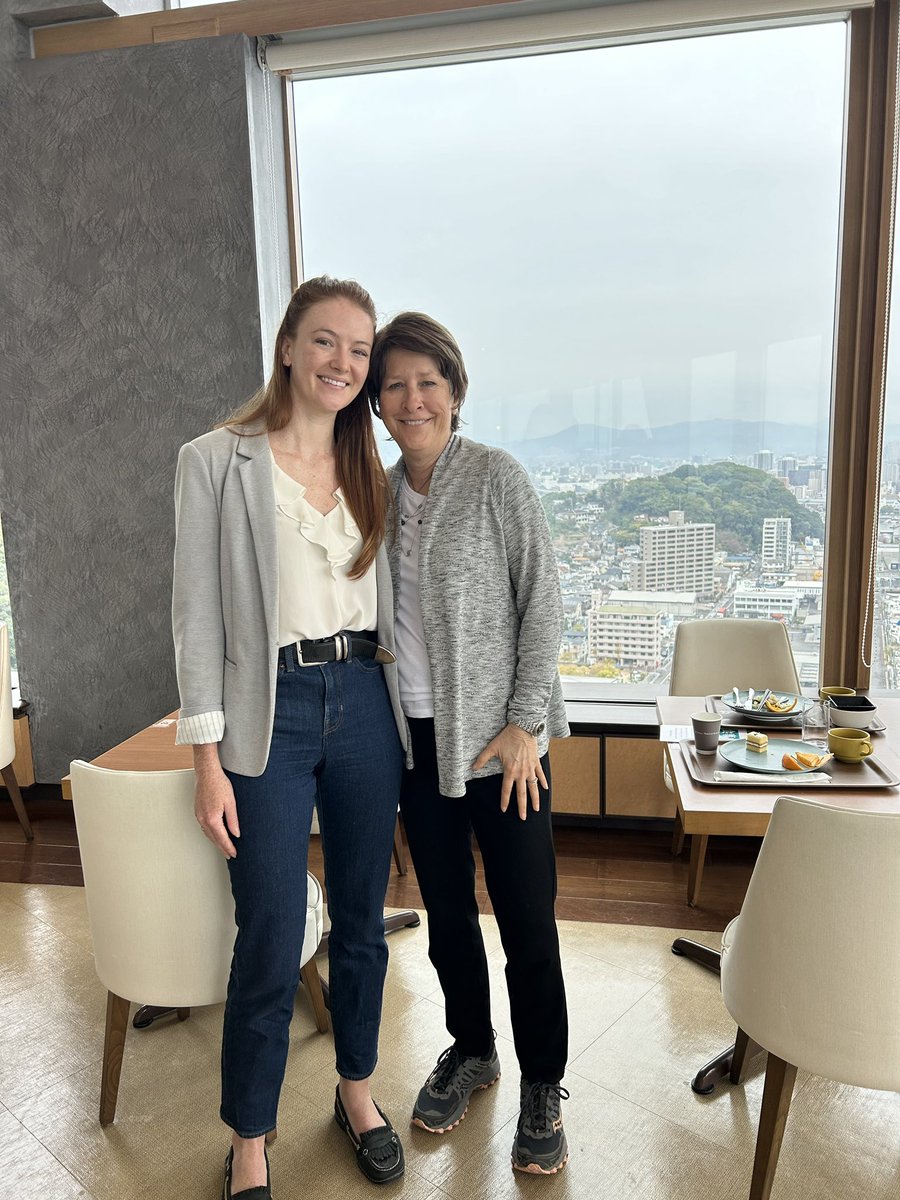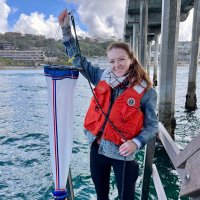
Steffaney Wood Rocca
@steffwould
PhD Candidate @Scripps_Ocean | Marine Chemical Biology & Harmful Algae 🌊 | @DavidsonCollege @FulbrightFIN @HelsinkiUni Alum | She/Her/Hers
ID: 2990162117
http://www.steffaneywood.com 21-01-2015 16:25:58
92 Tweet
136 Takipçi
385 Takip Edilen
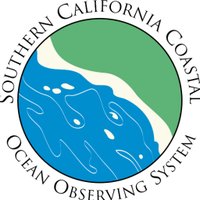

A #RedTide has been spotted off the coast of San Diego–so what does that mean for #bioluminescence? Scripps oceanographer and UCSD Engineering assistant professor Drew Lucas answers your questions about red tides, electric blue waves, and more. 🌊✨
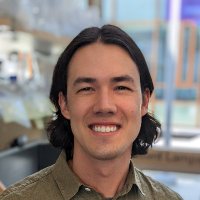
New paper out in Nature Communications today! Short-term acidification promotes diverse iron acquisition and conservation mechanisms in upwelling-associated phytoplankton nature.com/articles/s4146…


Excited to share my research on harmful algal blooms (#HABs) and their impact on marine ecosystems!🌊🔬 Thanks for featuring my work Scripps Institution of Oceanography! Check out the video to learn about fieldwork exploring Pseudo-nitzschia HABs. #PhDResearch #MarineScience #ScienceCommunication
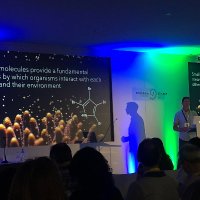
Move over titin... introducing PKZILLA as the largest protein in life that makes one the largest nonpolymeric compounds in biology, the marine polyether toxin prymnesin. Congrats to Tim Fallon, PhD @[email protected] & Vikram Shende and rest of team! biorxiv.org/content/10.110…

.UC San Diego has been awarded $7.35 million in U.S. National Science Foundation and NIH funding for the Scripps Center for Oceans and Human Health, led by faculty member Bradley Moore. The program seeks to understand marine contaminants and nutrients in a changing climate: bit.ly/3Q4uqks
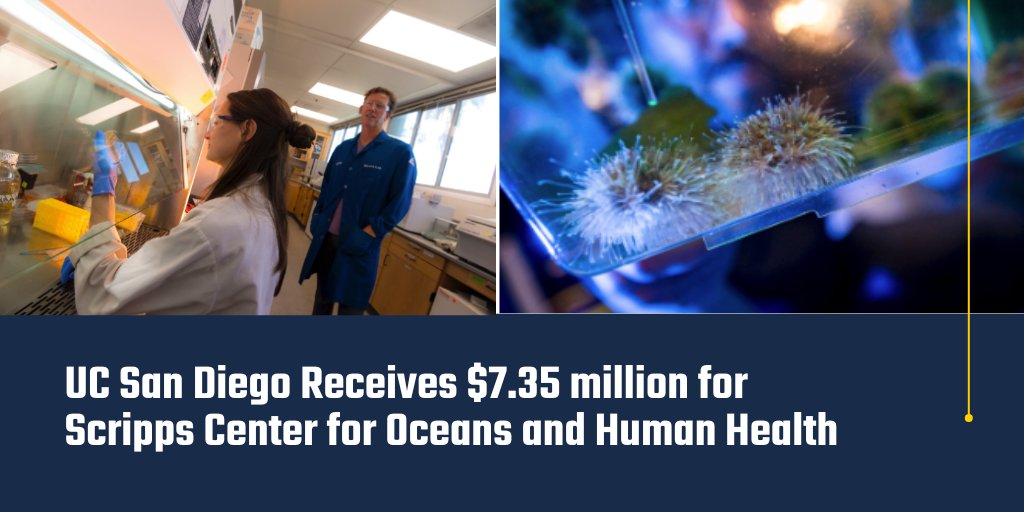

SCCOOS is fortunate to be led by Clarissa Anderson - take a moment find out more!! scripps.ucsd.edu/news/scientist… SCCOOS CeNCOOS U.S. IOOS Office Scripps Institution of Oceanography

Out today at Science Magazine - giant PKZILLA proteins spew huge polyketide marine toxins, just like #Godzilla! Witnessed by Tim Fallon, PhD & Vikram Shende at Scripps Institution of Oceanography science.org/doi/10.1126/sc…

My graduate student Steffaney Wood Steffaney Wood Rocca is pretty cool! Check out her Scripps Institution of Oceanography profile... scripps.ucsd.edu/news/scripps-s…

New pub today in PNASNews that extends our NOAA Coastal Ocean Science ECOHAB work at Scripps Institution of Oceanography on domoic acid biosynthesis with @Andreweallen to support toxin forecasting during an oceanic diatom bloom pnas.org/doi/10.1073/pn…

A team of researchers from JCVI, Scripps Institution of Oceanography, and collaborators published a groundbreaking study on predicting harmful algal blooms (HABs) that contain high levels of the neurotoxin domoic acid. jcvi.org/media-center/s…


Standing-room only as Professor Bradley Moore (Bradley Moore) accepts UC San Diego’s prestigious Distinguished Research Award. The award is a sign of respect from his peers for his groundbreaking research mining the ocean for new medicines.

Check out this news story about our research and the ongoing domoic acid event. None of this work would be possible without NOAA funding. Thank you 𝕁𝕠 𝕂𝕨𝕠𝕟 and Spectrum News 1 SoCal for the feature! Scripps Institution of Oceanography Bradley Moore Andrew E. Allen spectrumnews1.com/ca/southern-ca…

With the support of NOAA funding, Scripps PhD candidate Steffaney Wood (Steffaney Wood Rocca) is working to better understand and predict a neurotoxin called domoic acid—a toxin directly affecting marine life along our shores. Learn more from Spectrum News 1 SoCal. ⬇️ spectrumnews1.com/ca/southern-ca…

A #HarmfulAlgalBloom is affecting #SoCal marine life, and Scripps Oceanography scientists like SCCOOS's Clarissa Anderson are on the frontlines to better understand its impact. She shares more on the importance of this work for Random Lengths News. ⬇️ randomlengthsnews.com/archives/2025/…


🔬 Cuts to federal research funding put our family, friends, communities and planet at risk. Scripps Oceanography scientists Paul Jensen and Bradley Moore spoke with NBC News on how cutting and freezing research dollars impacts crucial breakthroughs. ⬇️ nbcnews.com/now/video/fede…

